Memorial Day in the United States (May 26th) is similar to Canada’s Remembrance Day where people take the time to remember those who died during war. But unlike Canada’s holiday, which started after World War I, the U.S. version dates back to the American Civil War.
Along with this comes a tradition that I always considered a myth until I saw it with my own eyes at the Sunset View Cemetery in El Cerrito: on this day families will pack a picnic and sit and eat amongst the graves of their ancestors or local war heroes. This practice in the U.S. seems rather ironic to me because picnicking with the dead is a very Victorian tradition!
But, this isn’t how I celebrated the day. I spend the majority of it at the Naval Base in Alameda exploring the guts of the U.S.S. Hornet.
The Hornet is an aircraft carrier… and is the second carrier with this name. The first Hornet (CV-8) was dispatched to Japan during World War II after the bombing of Pearl Harbour. It was the base for the famous Doolittle Raid (18 April 1942), the air raid that America launched against Japan in retaliation for Pearl Harbour.
After this, CV-8 didn’t survive very long and was heavily damaged during the Battle of the Santa Cruz Islands (Oceania). As such, it was sunk by the navy to keep it out of enemy hands. While exploring I found an old poster that contained a quote that was rather funny and apropos: “Being kamikazied is generally out of your control.”
A second carrier, the Kearsarge (CV-12), was renamed the U.S.S. Hornet and took the place of the original in Japan. It had more success during the following years and amassed a rap sheet that included many battles during World War II, the Vietnam War, and the recovery of both the Apollo 11 and Apollo 12 astronauts. Neil Armstrong’s first footprints back on earth are painted on the floor in the Hangar Bay.
In 1970, the ship was decommissioned and sold for scrap. Luckily, the company that bought the Hornet went bankrupt and the ship then sat empty for decades. In 1991, it was made a National Historic Landmark by the National Park Service and finally became a museum in 1996.
I rather enjoyed exploring the innards of the ship. Surprisingly, even though there were lots of people out for the Memorial Day celebration, not many were wandering around. Some looked rather shellshocked as they carried around overnight gear (the ship offers group sleepover opportunities). Perhaps they had a run-in with a ghost or two.
I was able to explore the decks in relative peace and experienced nothing unusual. I did, however, learn from a handful of docents the mechanics behind operating an aircraft carrier, how historical planes landed on the flight deck, and how to position a ship using triangulation, a map, the horizon, and a sextant.
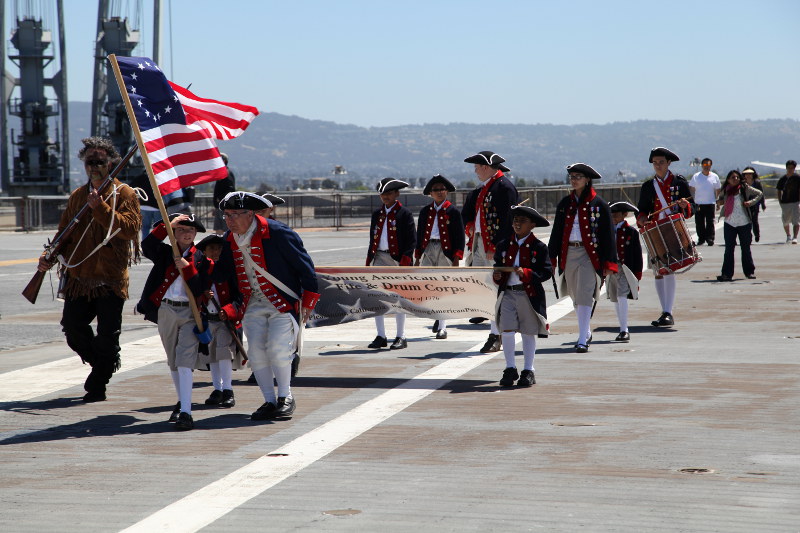
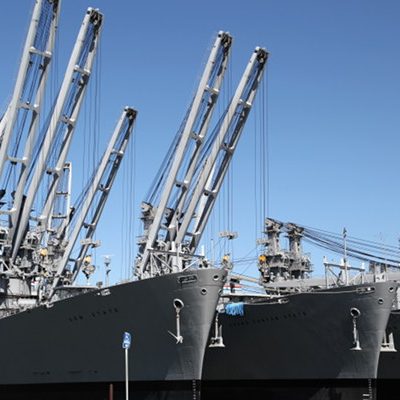
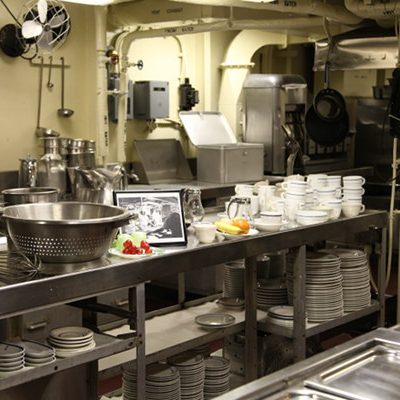
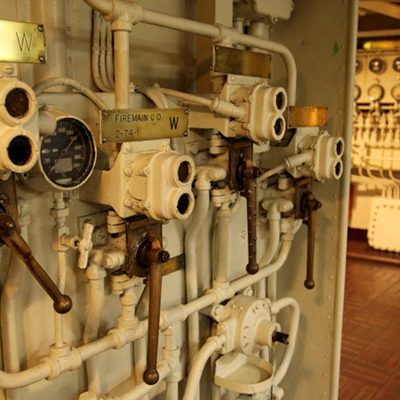
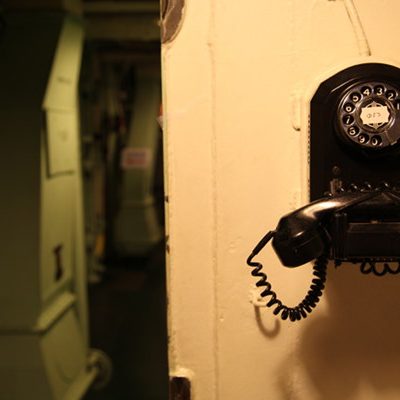
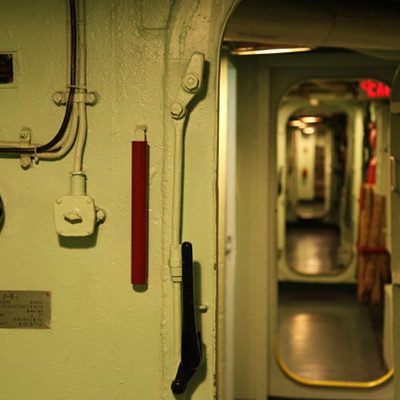
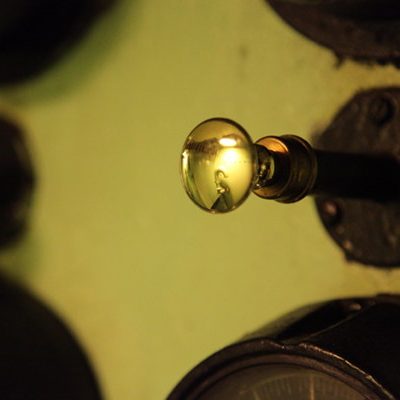
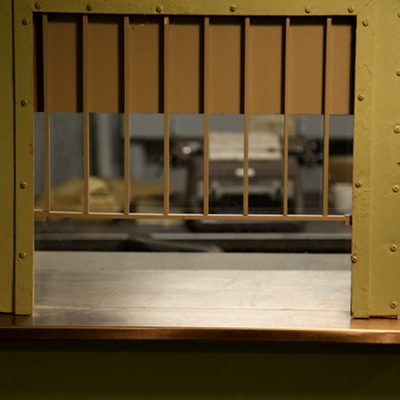
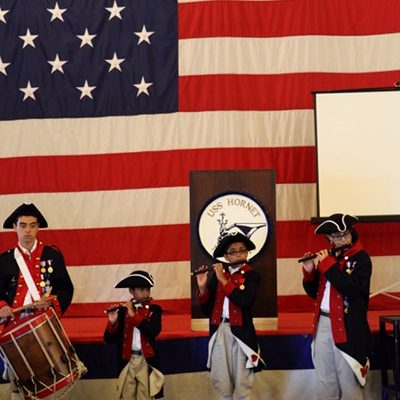
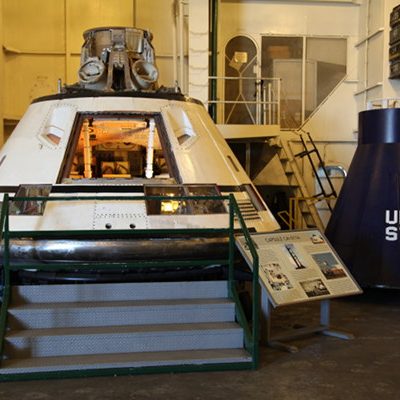
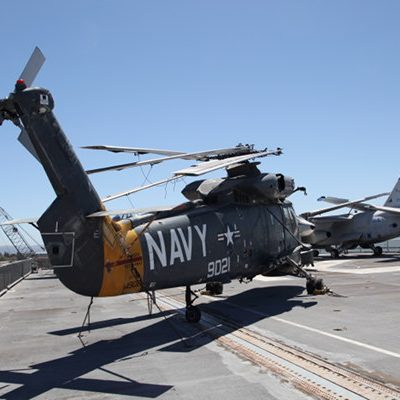
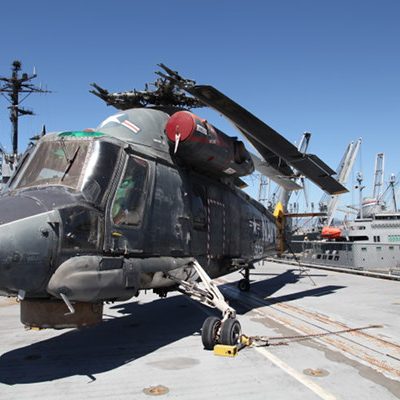
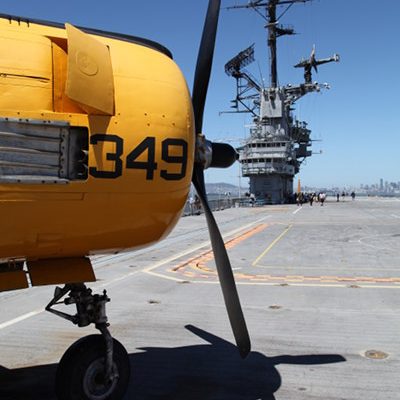
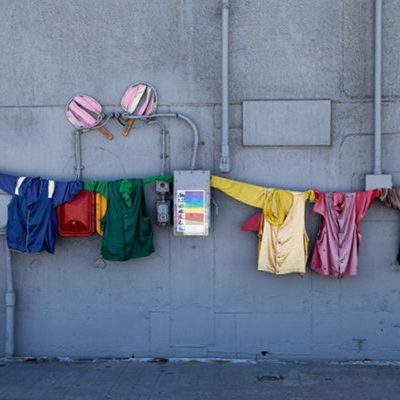
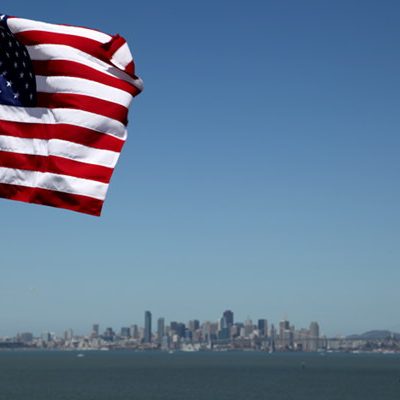
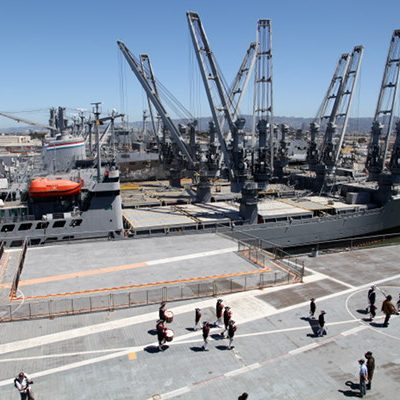
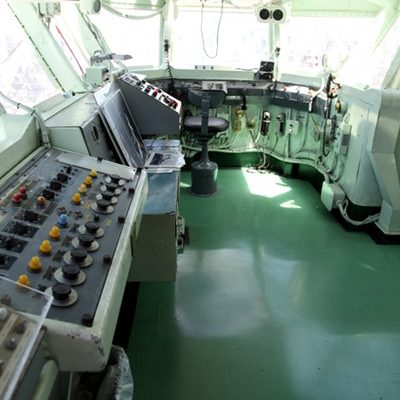
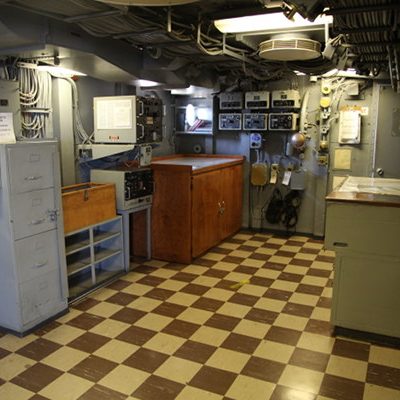
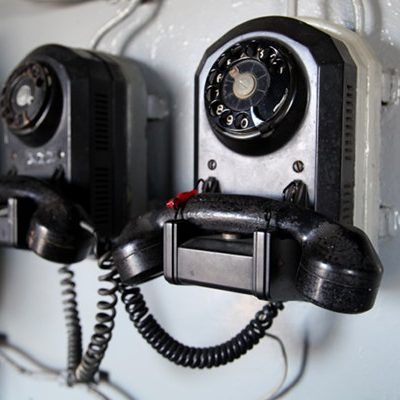
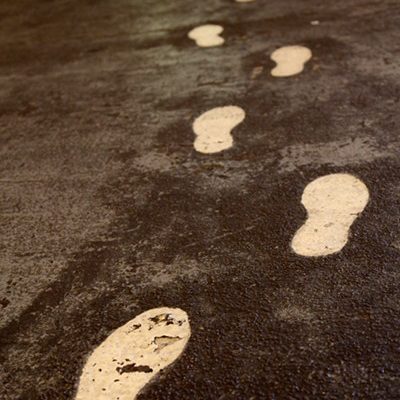
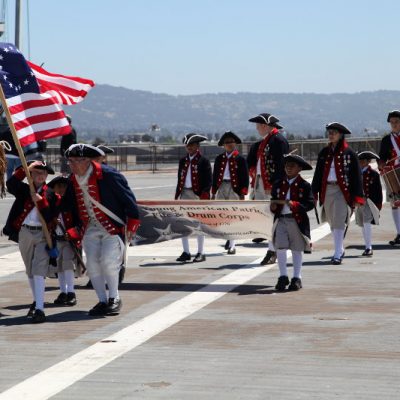
0 comments on “Memorial Day on the U.S.S. Hornet”Add yours →